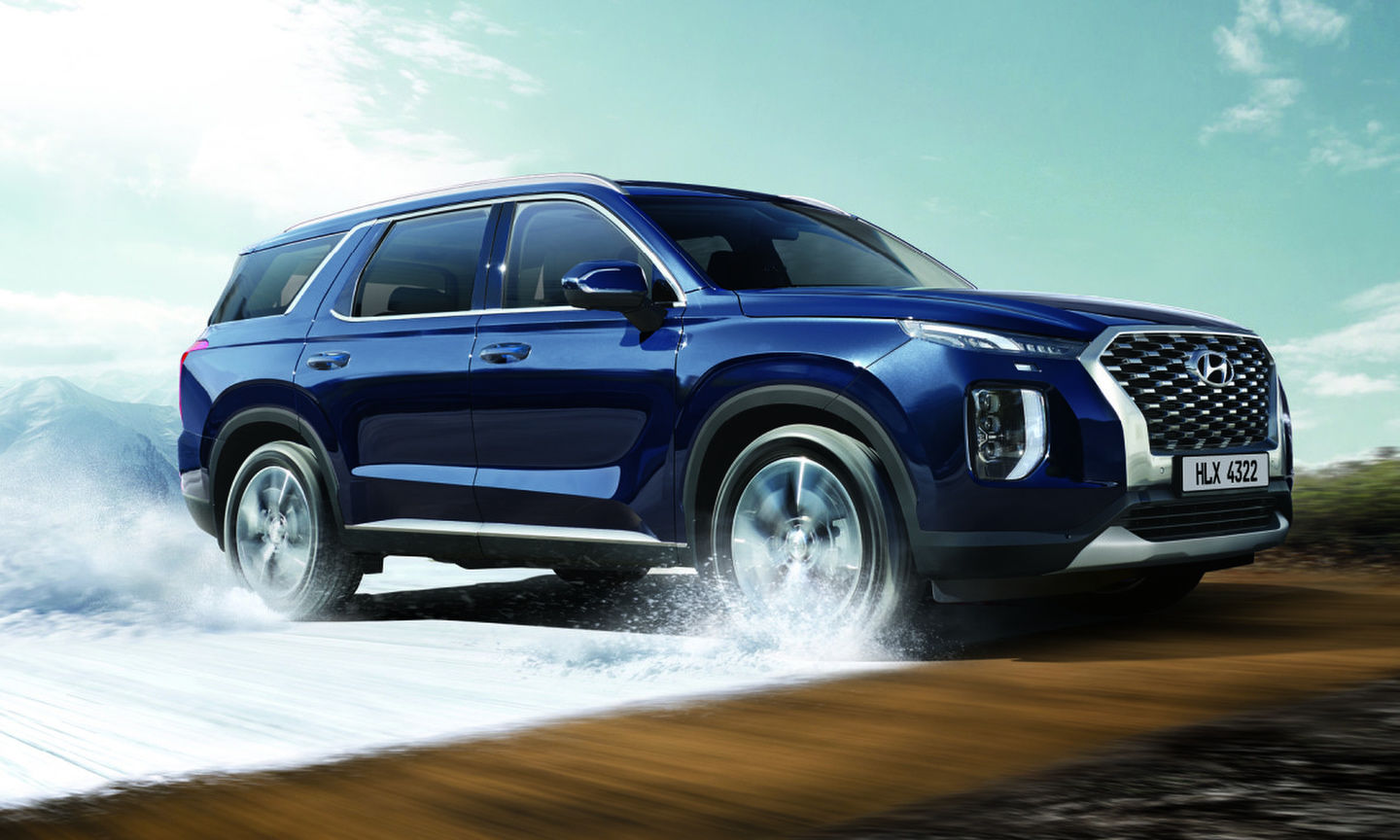The differences between front-wheel drive, rear-wheel drive and all-wheel drive
December 20 2022,

Manitoba's changing weather conditions always require motorists to adapt. You've undoubtedly heard about the different types of drivetrains available on the market and how they can impact your vehicle's handling in different weather conditions. There are rear-wheel drive vehicles, front-wheel drive vehicles and all-wheel drive vehicles in the new Hyundai lineup, for example, and each has different properties and will perform differently in winter. Here we briefly explain how each system works.
FWD: fuel efficient and good in winter
With a vehicle equipped with front-wheel drive, power is sent to the front wheels exclusively. Because there are fewer moving parts to channel power from the engine to the wheels, this drivetrain is more fuel efficient than other drivetrains. It is found in the Hyundai Elantra, Hyundai Venue and the entry-level versions of the Hyundai Kona SUV, among others. Having front-wheel drive is also more beneficial in winter than a rear-wheel drive, for example.
Rear-wheel drive: for sports cars and some EVs
Rear-wheel drive means that the rear wheels are driven. This has performance and range advantages for electric vehicles, which benefit from better handling and overall performance with rear-wheel drive. The Hyundai IONIQ RWD, for example, has the most range of any EV in its segment.
All-Wheel Drive (AWD)
All-wheel drive offers the best of both worlds. It offers the frugality of a front-wheel drive car when you're on the highway, with the ability to adapt as traction is needed. This is as beneficial on snowy roads as it is when you're making tight turns on dry roads.
Hyundai's all-wheel drive system works to give you the best performance. Hyundai's AWD system provides superior traction and vehicle control in adverse driving environments, such as wet or snowy conditions, by reducing torque to a wheel where slippage is detected and diverting it to a wheel with greater traction.
The system is also able to improve handling and cornering on dry roads, providing additional control in turns by sending torque to the outside wheel that experiences traction-enhancing downforce, instead of the inside wheel.
Whether you're looking for front-wheel drive, rear-wheel drive or all-wheel drive, Hyundai has plenty of choices for you. You can purchase your vehicle online with us. Our representatives are waiting for your call and can answer all your questions.
